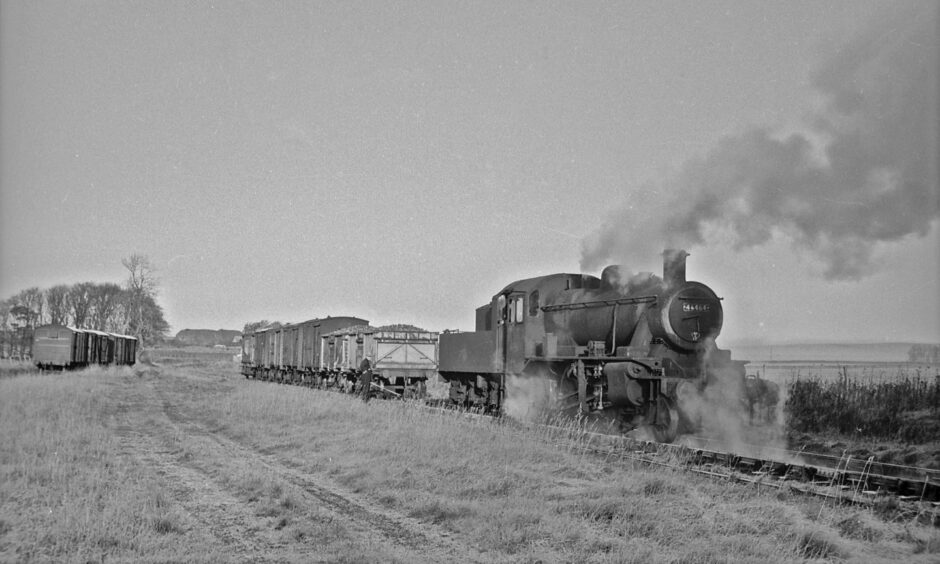
Take to the rails with these images of the Carmyllie Pilot.
It started life as just another Ivatt Class 2MT 2-6-0 steam locomotive.
The engine achieved celebrity status when it hauled the last train to run over the Carmyllie Light Railway on May 19 1965.
It still casts a powerful spell today.
The story of the Carmyllie branch line goes back to May 1854.
It was built as a private mineral line from Elliot Junction following agreement with Lord Panmure to transport paving stone from the Carmyllie quarries.
The railway brought stone from Carmyllie.
The question of a passenger service was raised locally from time to time and it was eventually made possible by the passing of the Light Railways Act of 1896.
There were halts at Arbirlot, Cuthlie and Denhead and it was the steepest in Scotland to be operated by passenger train with a ruling gradient of 1 in 36.
The track went from sea-level to 500 feet in five miles.
It opened to passenger traffic in February 1900 on a “red letter day”.
The first train left Arbroath at 7.15am and was decorated with flags.
John Aitken of the Imperial Hotel in Arbroath purchased the first ticket.
Though initially busy, its traffic by the 1920s was being siphoned away by buses.
Passenger numbers “diminished to almost vanishing point” by November 1929.
Passenger services were withdrawn.
The Carmyllie line remained open for freight from December 1929.
The line itself was jointly run by London, Midland and Scottish Railway and London North Eastern Railway, before British Railways was formed in January 1948.
The Carmyllie Pilot was built in 1950
Its namesake engine arrived a few years later.
Number 46464 was the last of a batch of five built at Crewe Works in 1950.
It was one of two of that class sent north in that year to Dundee Tay Bridge Shed 52B.
It spent much of its working life on the branch line from Arbroath to Carmyllie.
Its predominant use working the Carmyllie goods service gave the engine its nickname.
There was triumph and tragedy in equal measure.
Train lovers mourned Brechin to Forfar line
On August 2 1952 she hauled the very last passenger train from Brechin to Forfar.
When the Arbroath and Forfar Railway finally closed to passengers in December 1955, its departure was marked by a mock funeral procession to Arbroath Station.
A single wreath of carnations was placed in front of the Carmyllie Pilot.
In happier times she took part in the 10-day rail tour in June 1960 which started at Edinburgh Waverley and ventured to nearly all parts of the Scottish system.
It was organised jointly by Bill Smith from the Scottish branch of the Stephenson Locomotive Society and the Railway Correspondence and Travel Society.
The Carmyllie Pilot was running chimney-to-chimney with her sister engine.
They were at it again in April 1962.
The Branch Line Society and Stephenson Locomotive Society organised the first annual Scottish Rambler Rail Tour over the Easter weekend.
The pair hauled three stages of the tour.
The fare for the four days was £7 and 15 shillings.
They pulled the train from Montrose to Carmyllie.
A short journey from Carmyllie to Elliot Junction followed at 4pm.
The final leg was from Elliot Junction to Tay Bridge Station in Dundee.
Freight spelled doom for Carmyllie line
A further Rail Tour was organised by the St Andrews University Railway and Transport Society in April 1963 using the Carmyllie Pilot, which was extremely popular,
The engine also had a couple of spells at Kittybrewster.
She was damaged in 1964 and sent to Inverurie Locomotive Works.
The Carmyllie Pilot returned to its home patch following repairs and carried potatoes, sugar beet and raspberries from the farmlands during the winter months.
It didn’t last.
Freight had deserted to road transport, which spelt doom for the Carmyllie line.
It officially closed to all traffic after 110 years of operation.
The Carmyllie Pilot worked the historic last journey on May 19 1965.
It left Arbroath at 8.18am and got to Carmyllie Station at 9.08am.
46464 and her freight slipped away silently
Her train consisted of just three vehicles collecting the remaining furnishings and fittings including the Carmyllie station clock.
Some of the older residents of the village came out to wave goodbye.
The locomotive arrived back in Arbroath at 10.50am.
The late Ian Fraser from Arbroath watched the closure of a chapter of railway history.
“The arrival of the last train at Carmyllie evoked no public interest,” he said.
“It was only too evident that the flourishing agricultural community is managing very well without the railway.
“Higher still and on the sky-line could be seen the derelict remains of the extensive quarries that over a lengthy period produced building and paving stone for notable works in many parts of the world and provided the raison d’être for the railway.
“What a marvellous procession of engines must have passed this way over the years!
“And so with a guilty sense of ‘Is your journey really necessary’ 46464 and her freight
slipped silently away, unregarded and without even a whistle.”
Mr Fraser did much to preserve and look after steam engines in the local area.
Locomotive saved from scrap in 1966
Just a year later he went on to purchase the Carmyllie Pilot from British Railways.
She was saved from scrap after the engine was withdrawn in 1966.
He gifted her to Dundee Corporation for inclusion in a proposed transport museum but she was stored for several years in a shed in East Dock Street.
It was removed from storage in March 1975 and taken to Aviemore.
She was loaned to the Strathspey Railway where she hauled the first scheduled passenger train between Aviemore and Boat of Garten in July 1978.
Sadly, by 1980 after a issue with the firebox, she was taken out of service.
She spent a decade gathering dust.
The locomotive was restored to Mr Fraser’s ownership.
It left the Strathspey Railway in November 1989 to return to Brechin.
Mr Fraser died in 1992.
Carmyllie Pilot returned to steam in 2024
The Carmyllie Pilot Company Ltd was set up by Robin Taylor, John Yule, Max Maxwell, Ian Hopley and Iain Smith and took ownership of 46464 in July 2000.
The engine was dismantled.
Many steel parts were replaced at Bridge of Dun near Montrose.
In February 2020 the Pilot moved to the Strathspey Railway in Aviemore.
Many smaller parts continued to be worked on there.
The locomotive and tender were put back on their wheels after 21 years.
Nathan Lightowler replaced John Yule in 2022.
The engine successfully passed a final boiler inspection in April 2024.
It was a double celebration.
Her official return to steam in June 2024 was the occasion of her 74th birthday.
She operated on many occasions in 2024.
At the start of 2025 she took part in the “whistle up” to mark the 200th anniversary of the modern railway and will mark another special milestone next month.
The Carmyllie Pilot will turn 75.
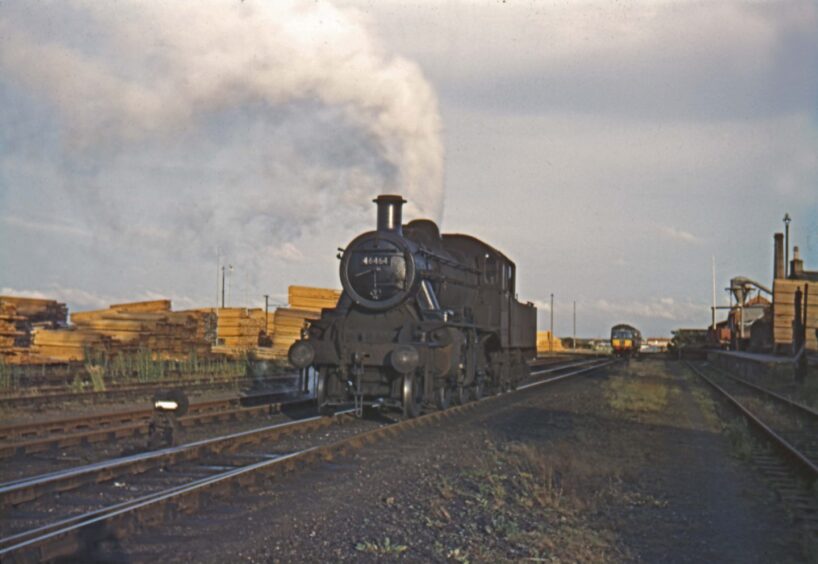
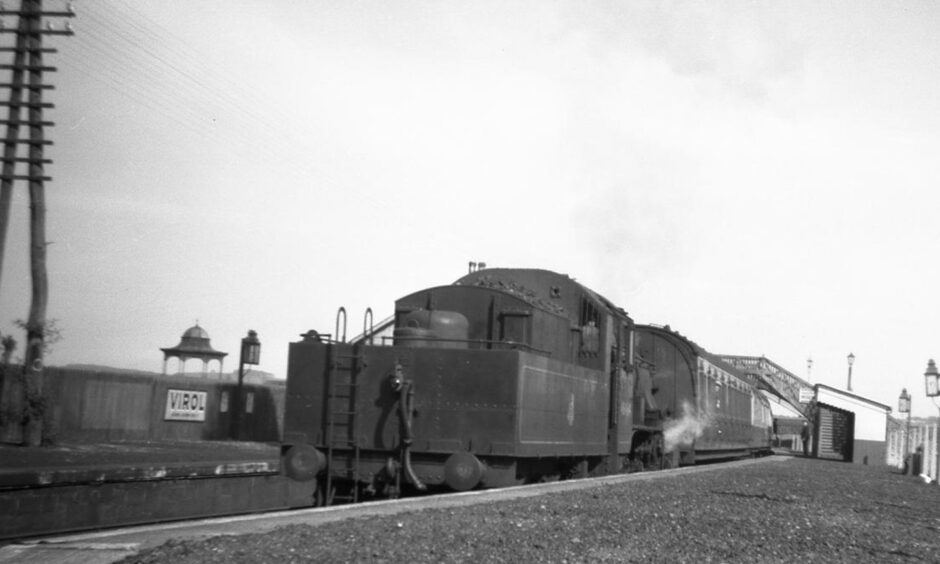
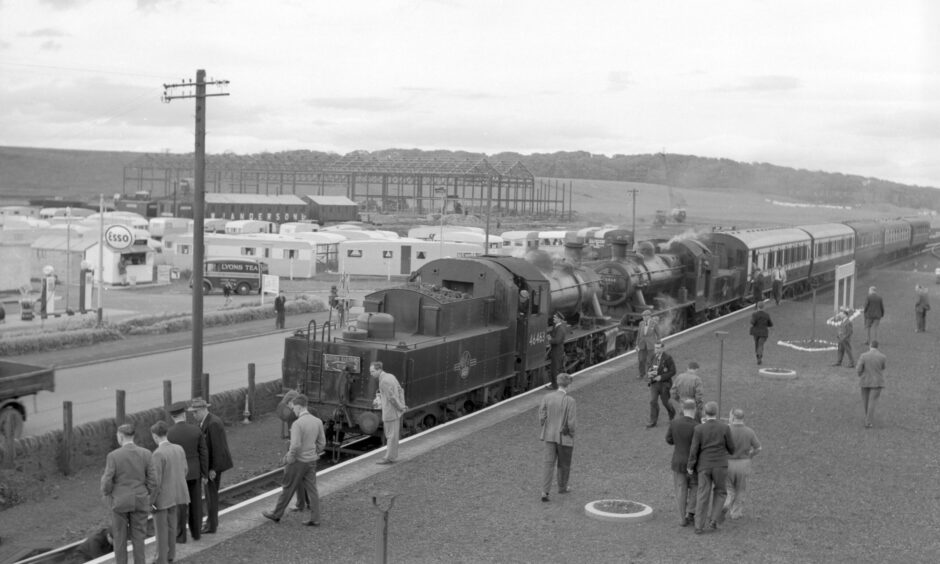
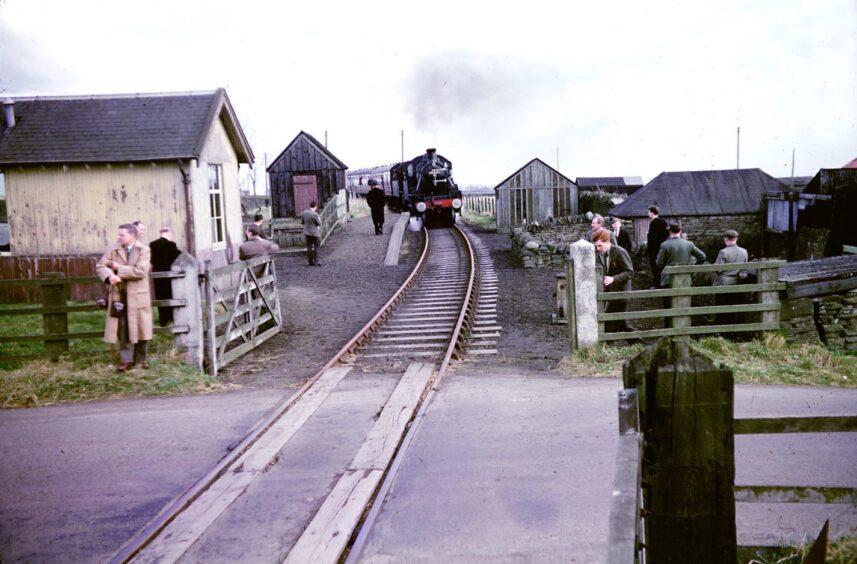
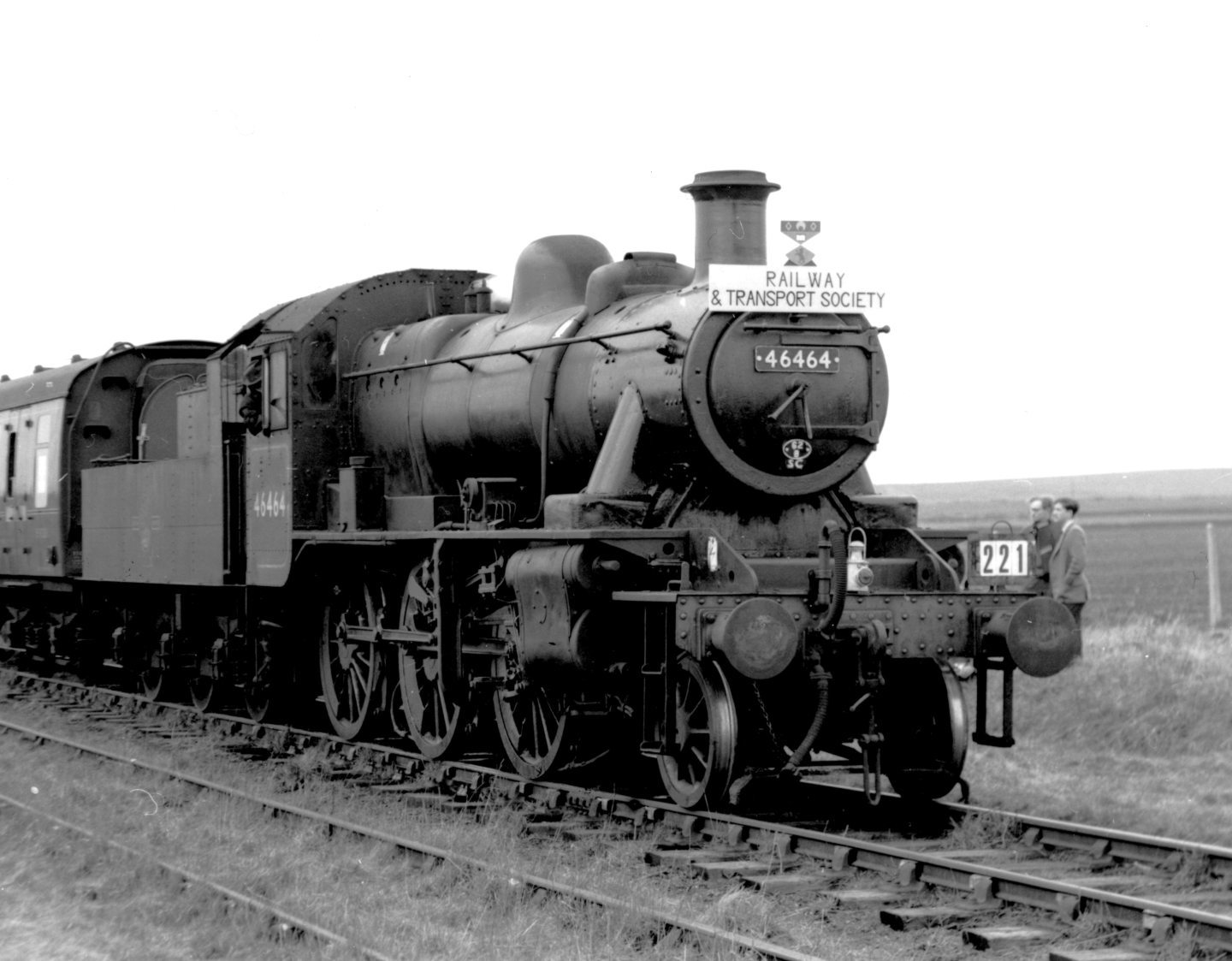
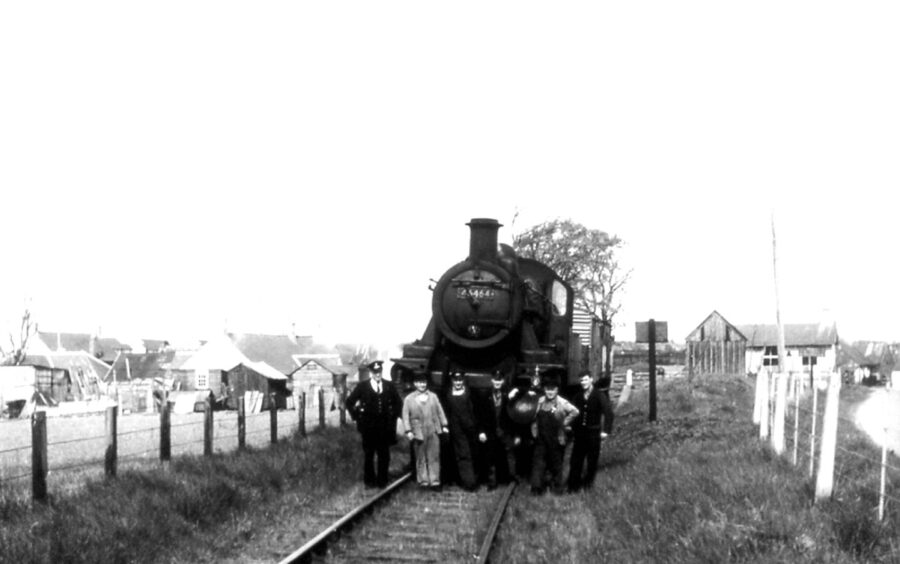
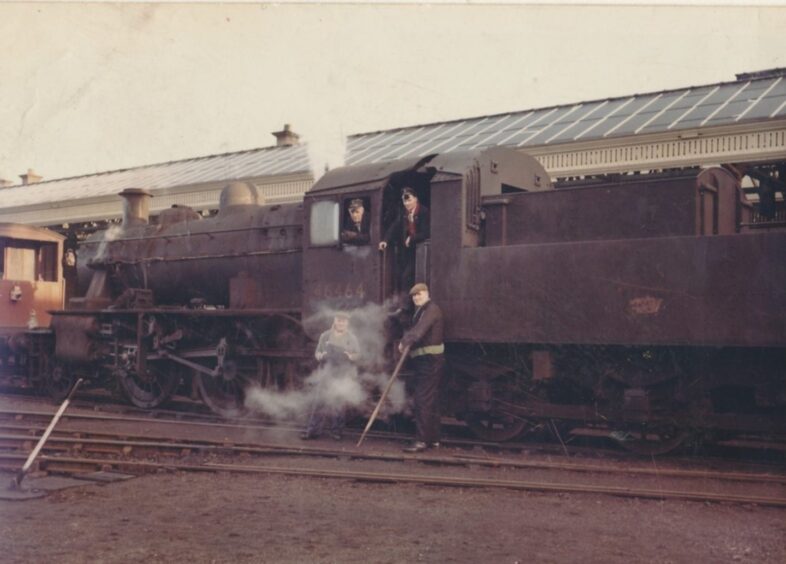
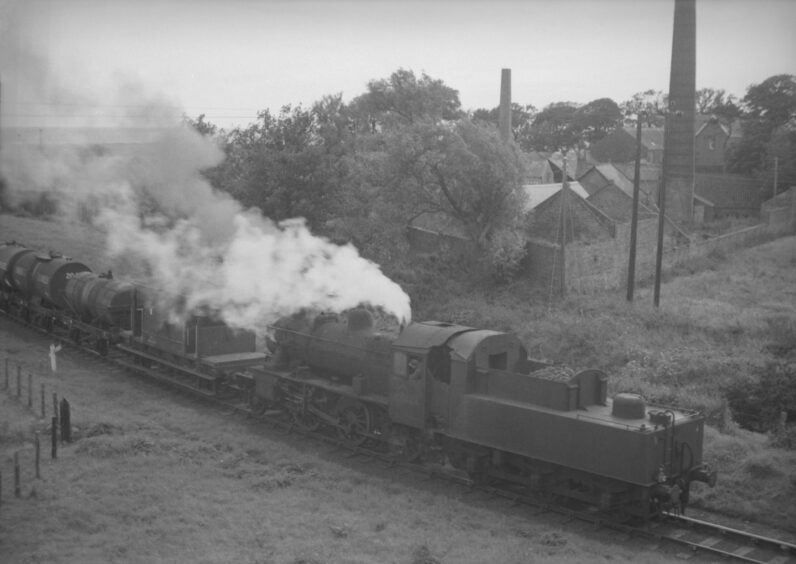
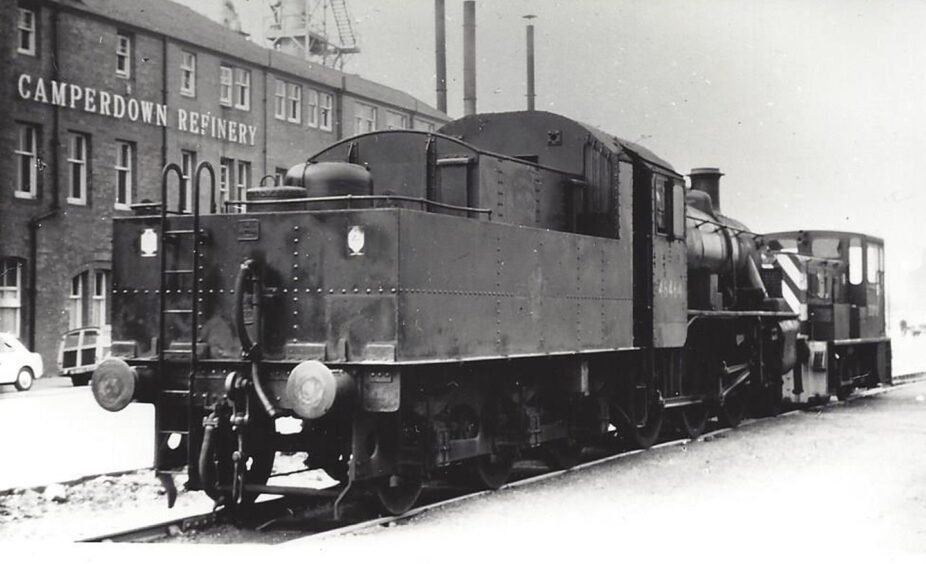
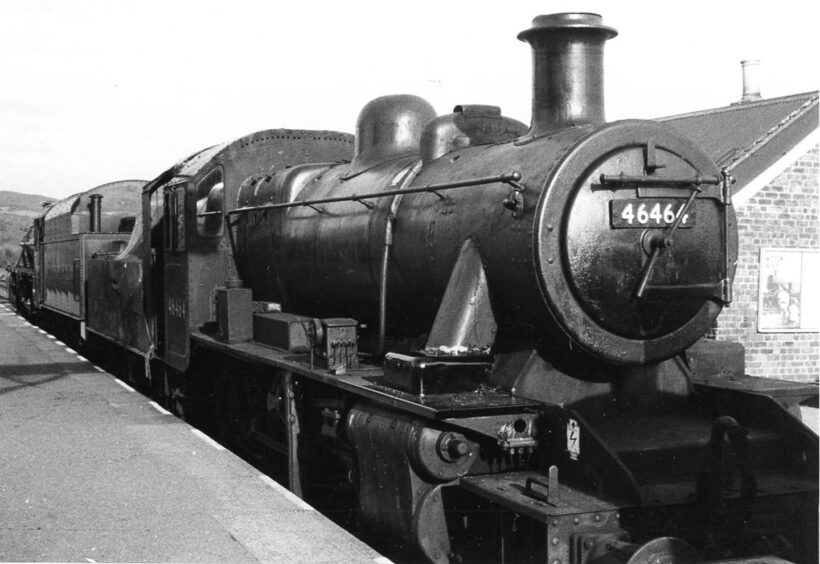
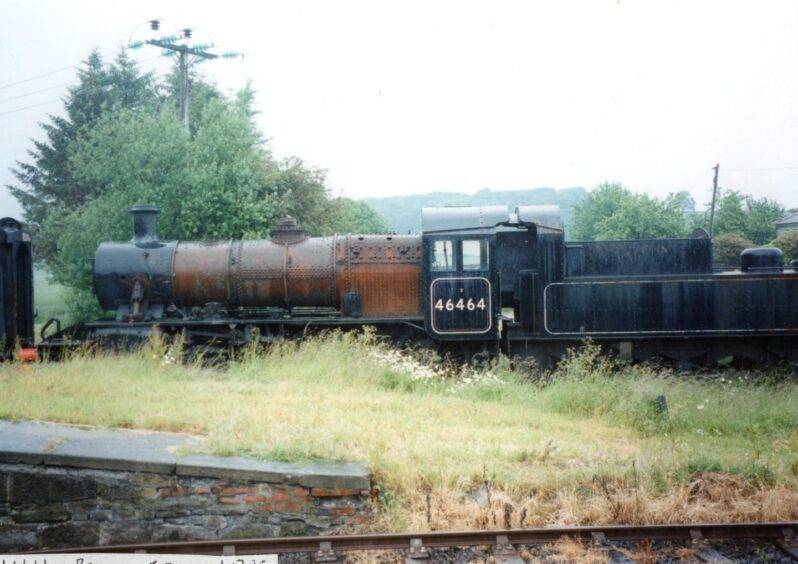
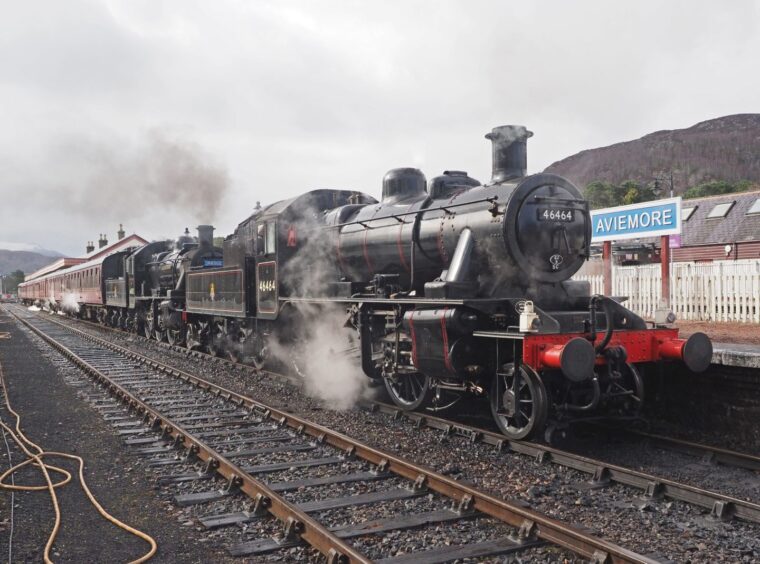

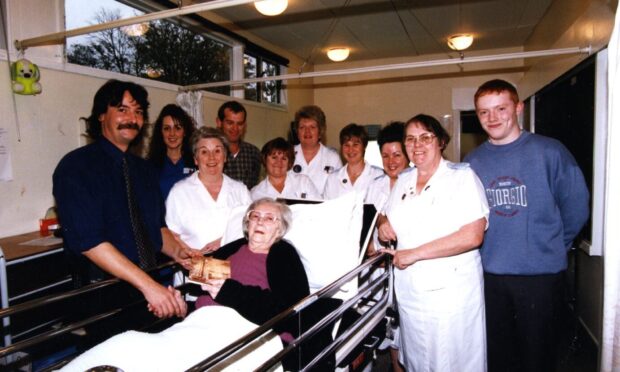

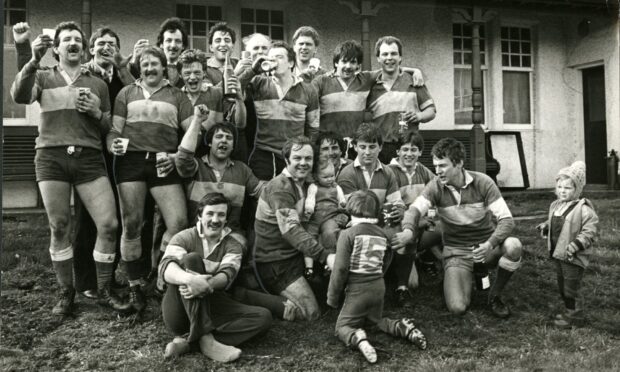

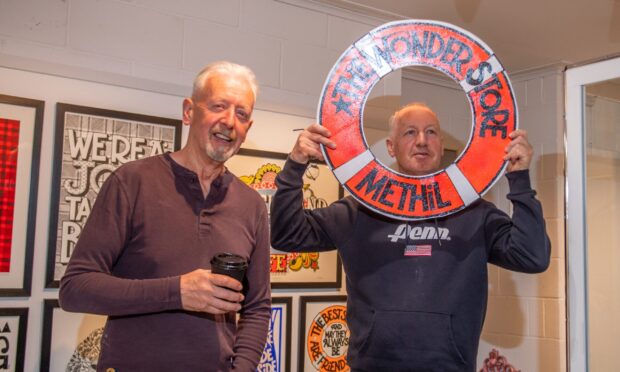

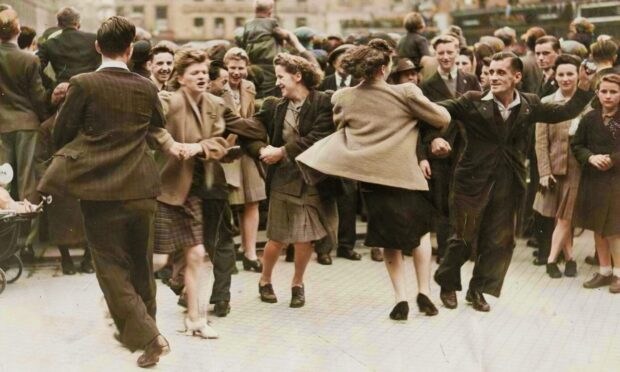

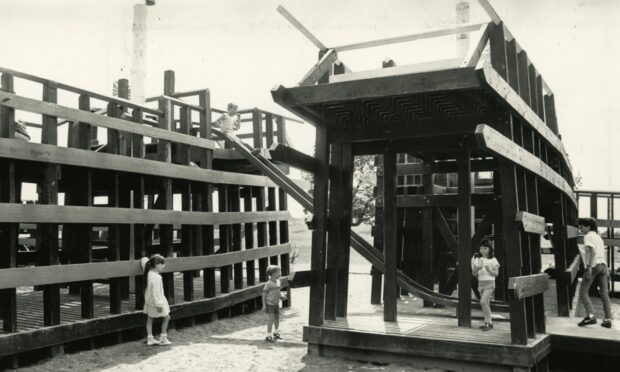
Conversation